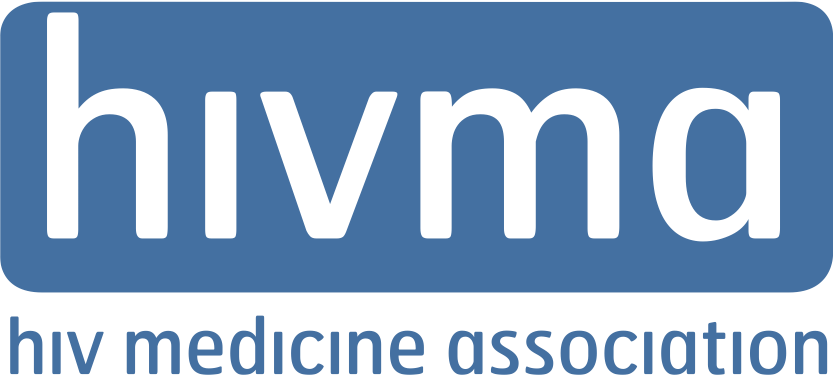President Prioritizes Funding to End the HIV Epidemic in the U.S. FY 2023 Budget Plan
In his budget plan for fiscal year 2023, President Joe Biden calls for important investments to grow the Ending the HIV Epidemic initiative and to create a National PrEP Program that will dramatically increase access to PrEP and reach many more of the 1.2 million people who could benefit from it. HIVMA is in strong support of the president’s proposal but also urges greater commitments to infectious diseases and HIV research, HIV workforce development and preventing sexually transmitted infections and infections linked to drug use to support a comprehensive and sustainable strategy and response.
HIVMA looks forward to working with Congress and HIV community members to advance the president’s EHE and National PrEP Plan funding proposals and to ensure the resources necessary to make meaningful progress in preventing HIV and improving the health and well-being of people with HIV.
Please find highlights and details on the president’s budget plan for HIV-related programs below. Please see the IDSA release for details on other infectious diseases programs.
Highlights:
- New National PrEP Program: The president proposes creating a National PrEP Program to expand access to PrEP for uninsured or underinsured individuals and reduce barriers for Medicaid beneficiaries. He proposes $9.8 billion in mandatory funding over 10 years to cover PrEP drugs and laboratory and ancillary services to be provided by a network of community-based providers. HIVMA Chair Marwan Haddad, MD, MPH, applauded the announcement.
- Ending the HIV Epidemic Initiative: The president's budget continues to invest in the EHE initiative by directing resources to targeted jurisdictions to expand prevention, care and treatment. The budget calls for $850 million in funding across HHS and the Indian Health Services for fiscal year 2023, $377 million above fiscal year 2022 funding for the Ending the HIV epidemic initiative, now in its fourth year.
- HRSA's Ryan White HIV/AIDS Program: With the exception of an increase of $165 million for Ryan White Program EHE funding, the president proposed modest increases or decreases for the Ryan White Program parts.
- Centers for Disease Control and Prevention: With the exception of a $115 increase in funding for the EHE jurisdictions, the president proposes level funding for HIV prevention and decreased funding for STD prevention, but a much-needed increase of $13.5 million for viral hepatitis prevention.
- National Institutes of Health: The president proposes a $4 billion increase for NIH, but under his proposal the National Institute of Allergy and Infectious Diseases and the Office of AIDS Research would see funding decreases.
- Global HIV Programs: The President's Emergency Plan for AIDS Relief program would be cut by $20 million under the president's proposal, but the Global Fund for HIV, TB and Malaria would see an increase of $400 million.
Below are the FY 2023 budget proposals for federal HIV-related programs compared to FY 2022 funding levels.
Department of Health and Human Services
The budget proposes:
- $49 billion for the National Institutes of Health, a $4 billion increase, including:
- $6.268 billion for the National Institute of Allergy and Infectious Diseases, a $54 million decrease;
- $3.1 billion for AIDS research, a $94 million decrease.
- $2.7 billion for HRSA's Ryan White HIV/AIDS Program, a $160.1 million increase, including:
- $665.9 million for Part A, a $4.6 million decrease;
- $444.7 million for Part B: Care, a $0.8 million increase;
- $900.3 million for Part B: AIDS Drug Assistance Programs, flat funding;
- $207 million for Part C, a $1.5 million increase;
- $75.1 million for Part D, a $1.7 million decrease;
- $33.6 million for Part F: AIDS Education and Training Centers, a $0.7 million decrease;
- $13.1 million for Part F: Dental, a $0.3 million decrease;
- $25 million for Part F: SPNS, flat funding;
- $290 million for the EHE initiative, a $165 million increase;
- $172 million for the Health Resources and Services Administration's EHE Community Health Centers, an increase of $50 million.
- $1.470 billion for CDC's Divisions for Viral Hepatitis, STI Prevention and TB Elimination, including:
- $755.6 million for HIV prevention, flat funding;
- $310 million for the EHE initiative, a $115 million increase;
- $54.5 million for viral hepatitis, a $13.5 million increase;
- $161.8 million for STD prevention, a $2.5 million decrease;
- $135 million for TB elimination, flat funding;
- $19.5 million for opioid-related infectious diseases, a $1.5 million increase.
Department of the Interior, Environment and Related Agencies
- The budget proposes $52 million for the Indian Health Services EHE program, a $47 million increase.
Department of Housing and Urban Development
- The budget proposes $455 million for the Housing Opportunities for People with HIV Program, a $5 million increase.
State Department and U.S. Agency for International Development
The budget proposes:
- $4.37 billion for PEPFAR, representing a $20 million decrease;
- $2 billion for the Global Fund, representing a $440 million increase;
- $330 million for USAID Global HIV/AIDS program, level funding.
About HIVMA
The HIV Medicine Association is the professional home for more than 6,000 physicians, scientists and other health care professionals dedicated to the field of HIV/AIDS. The Infectious Diseases Society of America created HIVMA to promote quality in HIV care and advocates policies that ensure.

